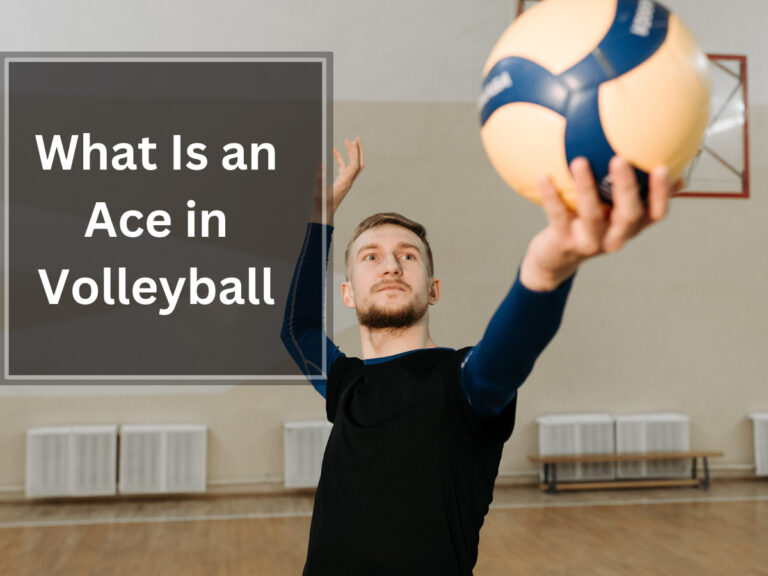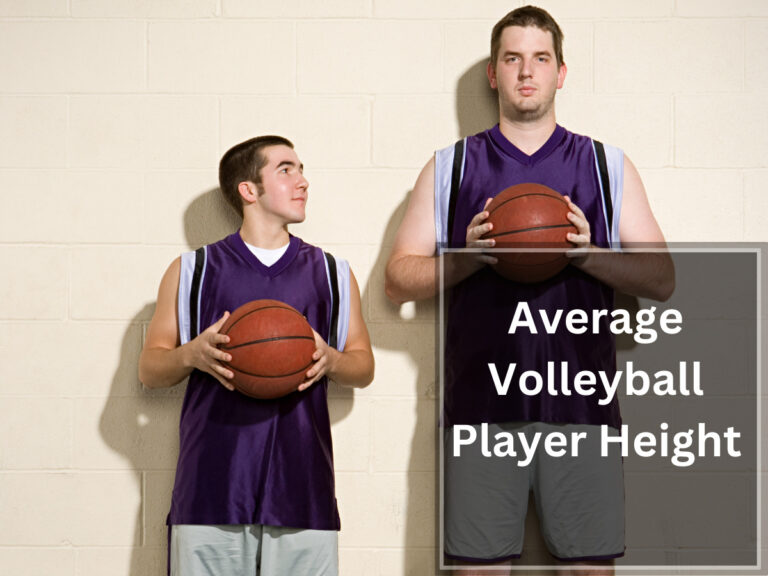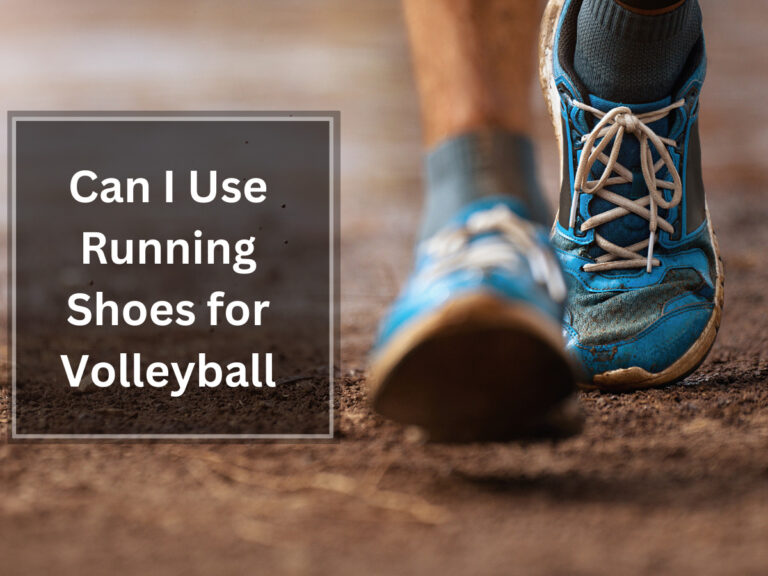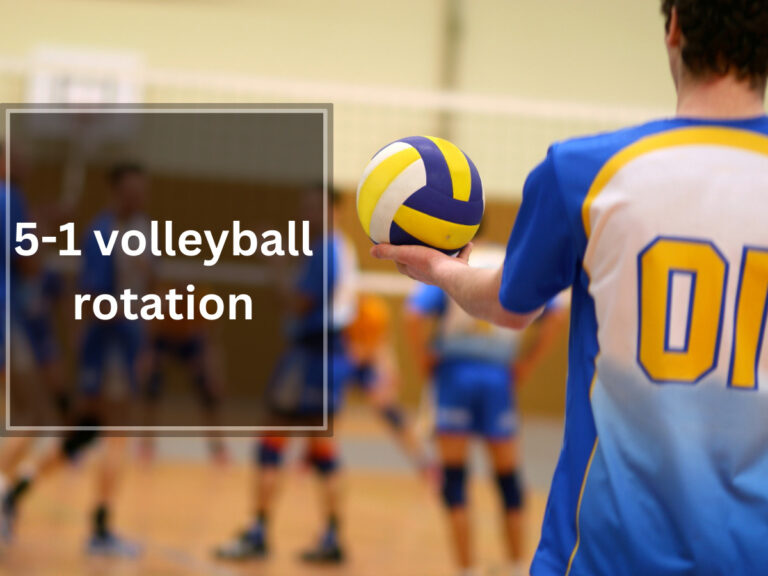Volleyball Setter Hand Signals Explained
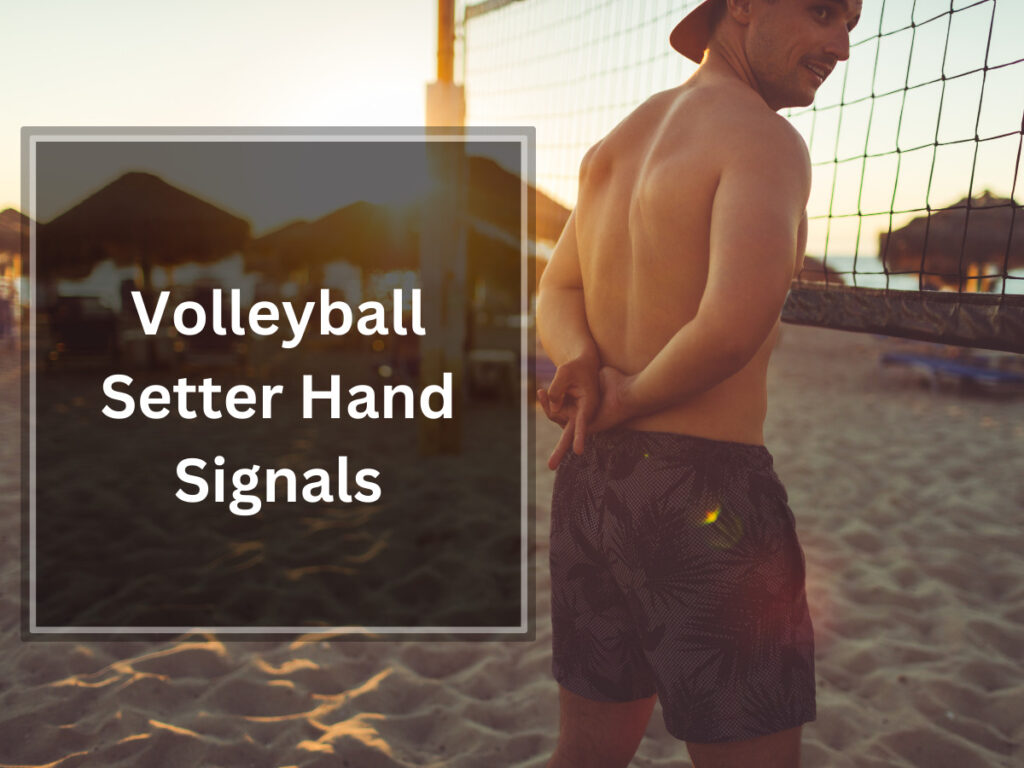
Are you ready to take your volleyball game to the next level? Like a conductor guiding an orchestra, volleyball setters use hand signals to communicate and coordinate with their teammates on the court. These signals are like a secret language, allowing you to seamlessly execute plays and strategies.
By understanding and using these setter hand signals effectively, you can elevate your team’s performance and create a sense of belonging within the group.
Setter hand signals serve as a universal code that transcends borders and languages, connecting players from different countries and regions. With just a flick of the wrist or a tap on the shoulder, you can convey crucial information about blocking, attacking, or even specific instructions for your teammates.
Consistency in these gestures is key to avoiding misunderstandings and ensuring smooth teamwork.
In this article, we will delve into the world of volleyball setter hand signals, exploring their importance and how they have evolved over time. So grab your jersey, step onto the court, and get ready to join the symphony of communication that is setter hand signals in volleyball.
Table of Contents
Volleyball Hand Signals
When it comes to volleyball hand signals, there are specific gestures used to communicate different attack strategies.
For left side attacks, hand signals such as the ‘A-Ball’ or ’52’ indicate a set for the outside hitter behind the 3-meter line.
Right side attacks, on the other hand, can be signaled with a hand forming a ‘C,’ representing a high set on the right side of the court for the opposite hitter.
In middle attacks, hand signals like closed fists or intertwined index and middle fingers are used to coordinate plays involving multiple hitters.
Additionally, back row quick attacks and combination plays have their own distinct set of hand signals that contribute to effective team communication and offensive strategies.
Left Side Attack Hand Signals
Left side attack hand signals can add excitement and coordination to a volleyball team’s offensive strategies. The left side quick attack is a fast-paced play where the middle hitter approaches before the ball reaches the setter, jumping and preparing to hit when the setter contacts the ball. Setter communication techniques play a crucial role in executing successful plays.
To signal this play, setters often use a hand gesture like showing one finger or making a silent finger snap. These hand signals effectively communicate with the hitters and help them anticipate and time their jumps correctly.
By using clear and consistent left side attack hand signals, teams can enhance their offensive capabilities and create a sense of belonging among players as they work together towards victory.
Right Side Attack Hand Signals
Get ready to unleash your power on the right side with these dynamic attack cues! As a setter, effective signaling techniques are crucial for communicating with your teammates and executing successful plays.
When it comes to right side attacks, clear and concise hand signals can make all the difference. One common signal is the ‘C-Ball,’ which involves a high set on the right side of the court for the opposite hitter behind the 3-meter line. To communicate this play, form your hand into a C shape.
Another important signal is the ‘A-Ball’ or ’52,’ which is a set for an outside hitter hitting from zone 5 behind the 3-meter line. Show your hand blinking between 5 and 2 to indicate this play.
By mastering these setter communication techniques, you’ll be able to effectively guide your team’s right side attacks and contribute to their success on the court.
Middle Attack Hand Signals
Mastering effective communication techniques is crucial for setters to guide their team’s middle attacks and contribute to their success on the court. One key aspect of this communication is the timing of the middle attack.
The setter must have a strong understanding of when to deliver the set to the middle hitter, ensuring they are in position and ready to execute a powerful attack. This requires precise timing and coordination between the setter and the hitter.
Clear hand signals play a vital role in facilitating this communication. The setter uses specific gestures or signals to indicate when they will deliver the set, allowing the middle hitter to anticipate and adjust their approach accordingly.
By establishing a strong setter-hitter communication through effective hand signals, teams can maximize their middle attack opportunities and create scoring opportunities against opponents.
Back Row Quick Attack
The back row quick attack is an explosive and lightning-fast attacking technique that unleashes a thunderbolt of power from the depths of the court. This play requires precise coordination between setters and hitters, making effective communication techniques essential.
As the setter, you play a crucial role in signaling and executing the back row quick attack. To initiate this play, you must first communicate with your hitter using specific hand signals. A common hand signal for the back row quick attack is a closed fist followed by a swift motion towards zone 1 or 5 on the court. This signal alerts your hitter to prepare for an explosive jump and an aggressive hit from behind the three-meter line.
Clear and consistent communication through hand signals will ensure that your team executes this dynamic offensive strategy with precision and success.
Combination Play Hand Signals
Combination plays in volleyball involve intricate coordination and can be executed seamlessly with the help of well-defined and synchronized gestures. These strategic maneuvers require precise communication between the setter and their teammates, especially when it comes to tandem play.
Tandem play is a combination play that involves both the middle hitter and the outside hitter working together to confuse opposing blockers and create opportunities for other attackers. To effectively communicate this play, hand signals are crucial.
The setter can use a specific hand signal to indicate tandem play, such as holding their index finger and middle finger together. This gesture alerts the middle hitter to make a fast inside approach while leaving one blocker for the outside hitter.
By using these clear hand signals, teams can execute combination plays with precision, maximizing their offensive potential on the court.
The Importance of Setter Hand Signals
Understanding the importance of consistent setter hand signals is like having a secret code that unlocks seamless teamwork and synchronizes your team’s offensive strategies.
As the setter, your role in communication is crucial for effective coordination on the court. By using specific hand signals, you can convey plays and strategies to your teammates with precision and clarity.
These signals act as a universal language that transcends verbal communication barriers, allowing for quick decision-making and synchronized movements.
Additionally, adapting hand signals for different teams adds a personal touch to your team’s communication style. It reflects the unique strategy and playing style of your team, fostering a sense of belonging and unity among teammates.
Consistent hand signals not only improve coordination but also enhance trust and confidence within the team, leading to successful execution of offensive plays.
Frequently Asked Questions
How do setter hand signals vary between different volleyball cultures?
Setter hand signals in beach volleyball can vary between different cultures. The influence of technology has also played a role in shaping these signals. Understanding the cultural nuances and technological advancements helps players adapt and communicate effectively on the court.
Can hand signals be customized by individual teams?
Absolutely! Teams have the flexibility to customize their own hand signals based on their strategy and style of play. However, while customization options exist, it’s crucial to maintain some level of standardization for effective communication and teamwork.
What is the significance of the closed fist hand signal in volleyball?
The closed fist hand signal in volleyball has multiple meanings depending on the context. It can indicate a specific instruction to the opposite hitter or a blocking strategy. Understanding different setter hand signals enhances communication and team coordination.
How have setter hand signals evolved over time?
Over time, setter hand signals have evolved like a dynamic dance, adapting to changes in the game and influenced by different countries. The impact of technology has also played a role in shaping and enhancing communication on the court.
What role do setter hand signals play in coordinating offensive strategies?
Setter hand signals play a crucial role in coordinating offensive strategies. They serve as a form of communication, allowing the setter to convey specific plays and instructions to their teammates. This level of communication is essential for the overall success of the team and emphasizes the importance of teamwork.





